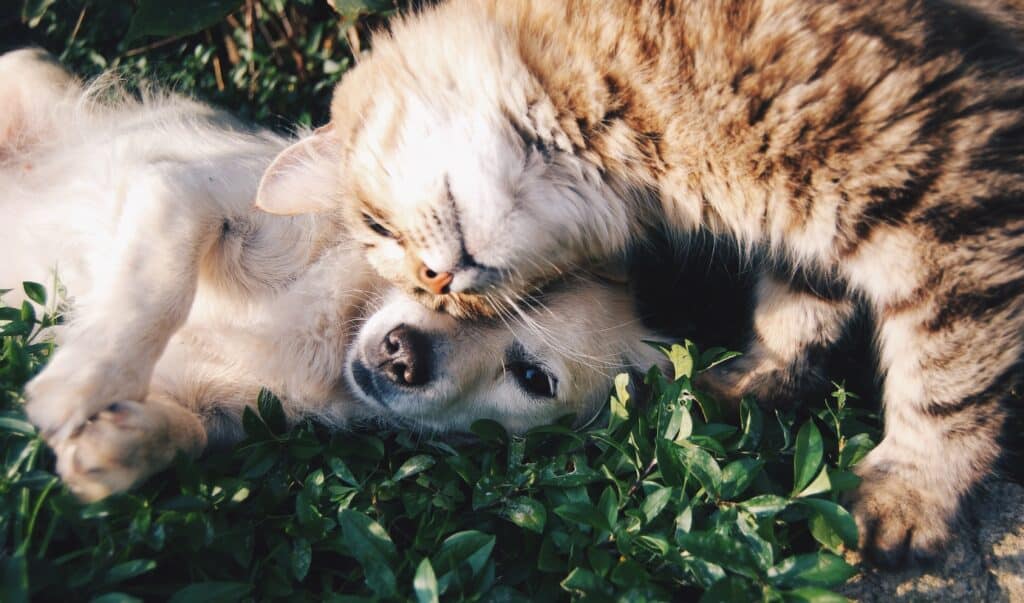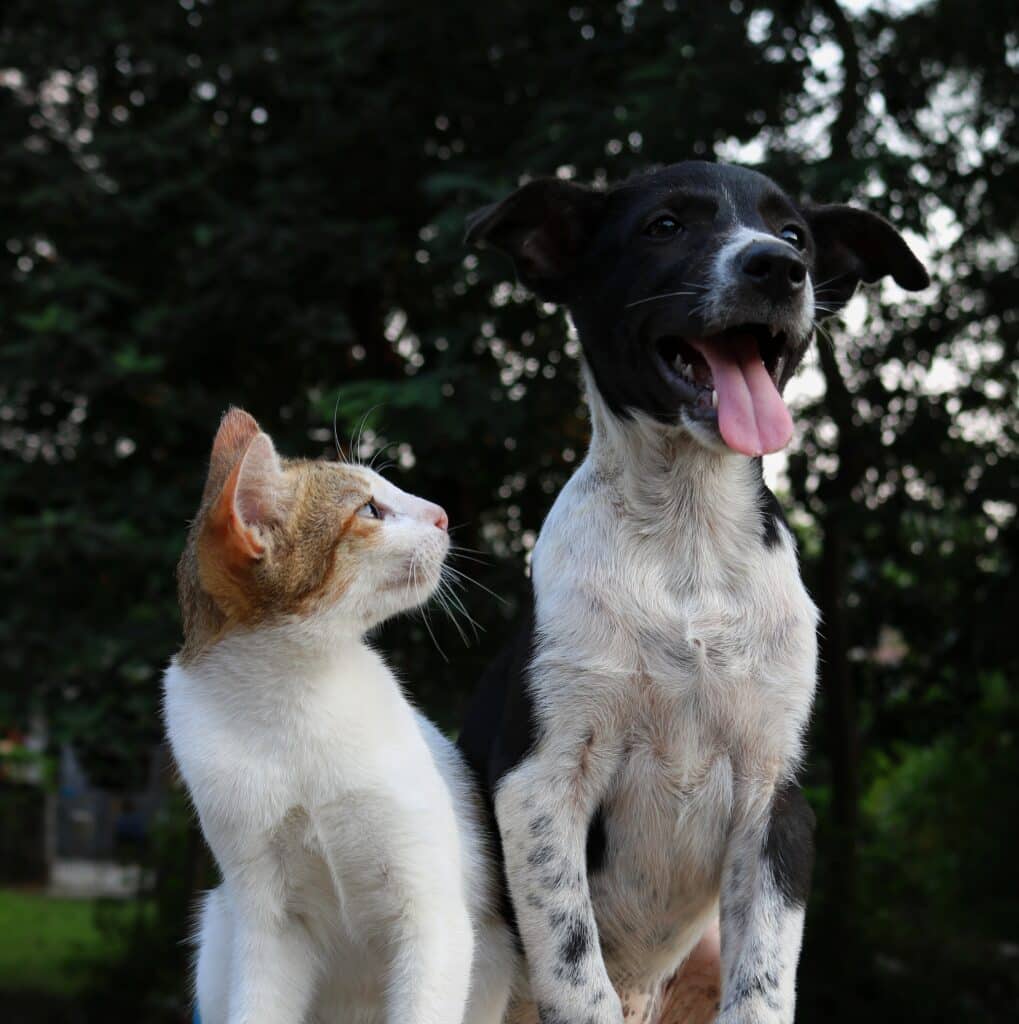
Moving home, especially if you’re relocating overseas, is always a stressful process. But when you have pets in tow, there’s even more to consider.
You need to find somewhere that’s suitable for their needs, consider their welfare when travelling to minimise the stress and ensure you have all of the right health checks and documentation at the ready.
Moving any pet is a little extra stressful for you, but most people feel that moving a cat comes with some extra difficulties in comparison to a dog. So, why is this?
Pets’ Emotional Attachments
While you’ll notice that your dog’s emotional attachment is to you, your cat will typically be more independent, or even occasionally standoffish! They’re notorious for being able to ‘go it alone,’ and come looking for their humans when they’re hungry. Your dog will normally be surgically attached to your hip whenever you move off the sofa. We love both species but the differences do affect some factors in pet travel. Cats are not just small dogs!
This makes pet relocation a little easier for dogs, as long as they know you’re going to be there, they’re pretty much happy to go anywhere. Their role in life is to love and protect you, so when it comes to relocation, it’s simple if you’re there with them.
However, cats are more attached to their environment, and perhaps even more than the people in it. They’re much more territorial than dogs are and moving home means that they’re being ripped away from their territory. From a hierarchy perspective, they’re then starting again right at the bottom because they need to build up a new place to call their own.
How to Help with Your Pet’s Anxiety When Moving
Your pet is bound to find moving stressful, much like you do. The last thing you need is to have to take up more time with sick or anxious animals while you’re in the process of moving. So, there are a few tips that you can follow to help keep your pet calm and reassured during the removal process.
Dogs
• Crate Training
Dogs like to know their own space. Their job is to protect you and their home and anxiety may come when they have too much open space to protect by themselves. Crate training as soon as possible when you know you need to move is a great way to reduce the anxiety. It also helps with separation anxiety, which you’ll need to deal with, especially as if you’re relocating overseas your dog will be separated from you during the journey and maybe even in quarantine at the other end.
Having a crate allows your dog to get used to the smaller space and gives them a definitive area to protect. This means they don’t feel as much pressure. The crate should also be advertised to them as a good thing, rewarding them each time they go in there. This will hep them to settle when they have to go into the crate for travelling, or when they have to sit in there while you’re busy moving furniture.
• Meet & Greet
Dogs need to feel safe around other people. They’re pack animals and will approach other people when you aren’t around. It’s a good idea to get them used to strange people and other animals as much as possible before your move. They will come into contact with a lot of new sights, sounds and smells along the way, and it’s better if they feel comfortable and confident.
Take your dog to meet new people and other animals prior to your move and make it a positive experience with treats and toys.
Cats
• Give Them Some Space
Cats work a little differently. They don’t like change. Their home is their territory and they’ll be offended if you start to change things without their consent.
If cats get anxious, unfortunately, they tend to hide out of the way or look for another territory with less hassle.
To avoid making moving day more difficult for both you and your cat, you should leave one room that they’re used to be in. Don’t move too much furniture from there so it looks like it always does. Move their toys, water and food into this room and ask the movers to leave it until last while shutting the cat inside.
This way, the cat won’t actually see all of the massive changes that are being made and won’t start to panic. You’ll also know exactly where they are.
• Pack Up Your Cat’s Belongings Tactically
You’re likely to have larger items for your cat around the house, like a cat tree, or a basket. You’ll obviously need to pack these away fairly early for the removal vans to take. If you’re packing away your cat’s furniture, make sure you keep any smaller toys and belongings around, so they don’t feel like you’ve ripped everything away at once.
• Feeding
You shouldn’t feed cats for a couple of hours before the move. Anxiety and travel can make them sick and that’s just an extra thing that you’ll need to handle. You need to bear in mind that your cat is probably much less used to a vehicle than your dog, as they won’t venture out as far with you. This means that the car is a whole new experience.
It’s a good idea to try a couple of short trips with your cat in the car in a carry case so they can get used to the idea first.
Work with the Experts
Use IPATA (The International Pet and Animal Association member companies to help you, IPATA is a non-profit trade association of independent members who are dedicated to the safe and humane transport of pets. Use a travel company who has medically trained staff who understand the health impacts on pets travelling, as well as assisting with the airline flight or land logistics.
Check Out: Moving Overseas With Pets
Reaching Your Destination
When your cat arrives at their new home, they’re a little bit pickier than a dog. A dog will be happy to be there just because you are. But cats do get a little homesick and may try to run back to their old home if you don’t keep an eye on them.
When they arrive, set up a room that’s enclosed with their belongings from the old house. They need to be able to recognise the furniture and their toys so start to attach themselves to that home.
If your cat is usually an outdoor cat, it’s recommended to give them a couple of weeks inside the home first before they venture out. When they do go out, a cat lead is always an excellent mid-way option to get them used to your outdoor space before they go off on their own.



